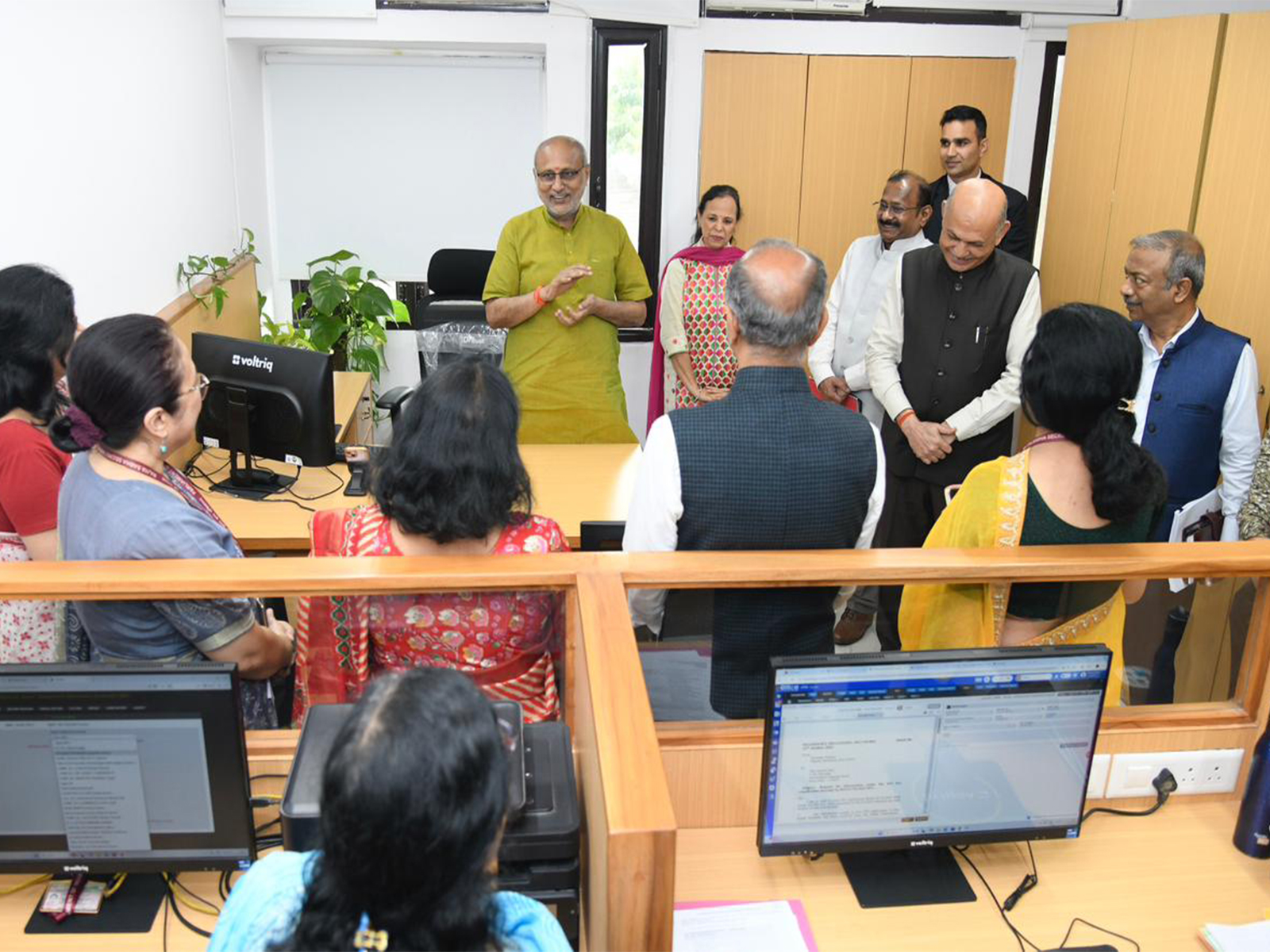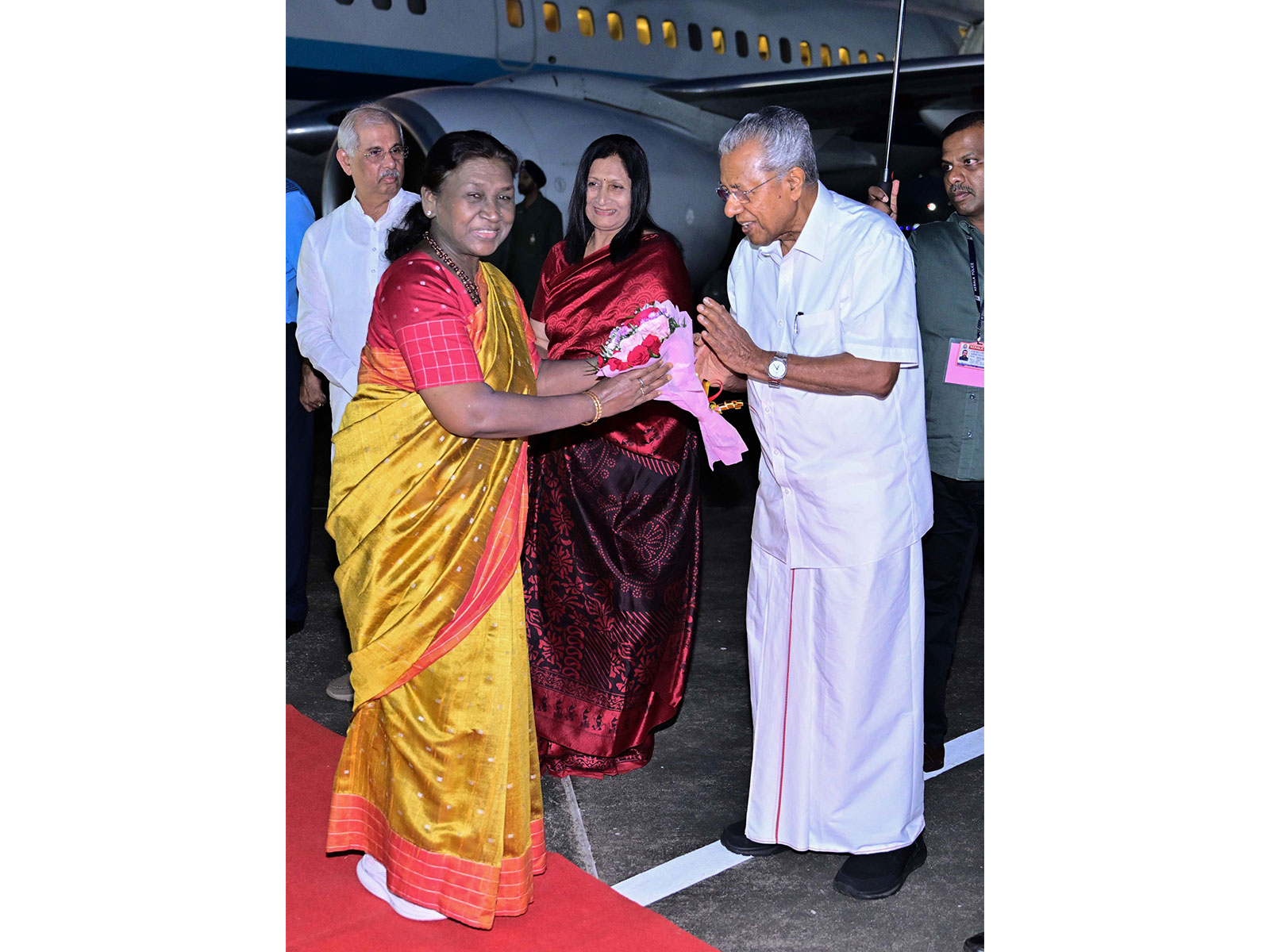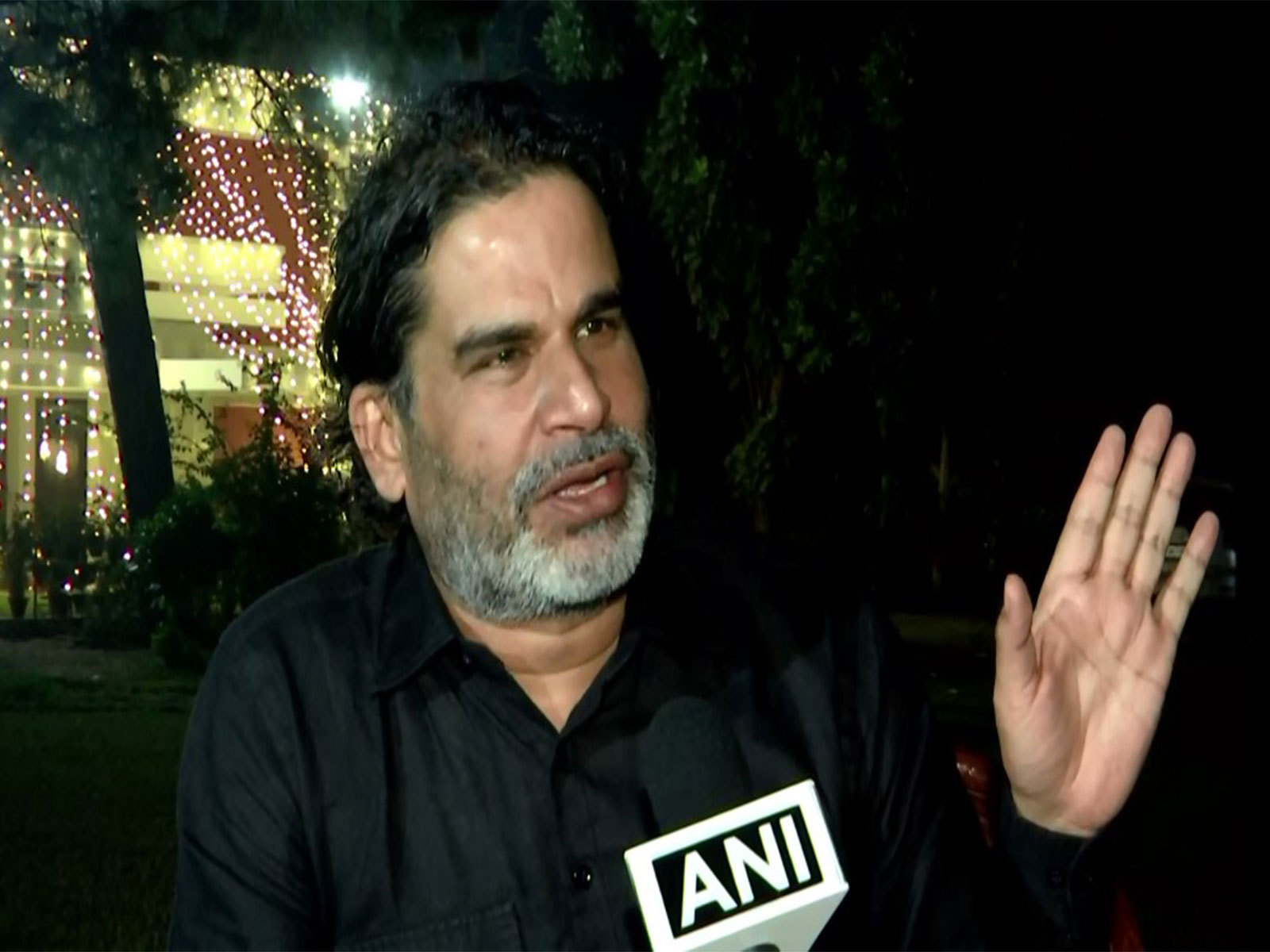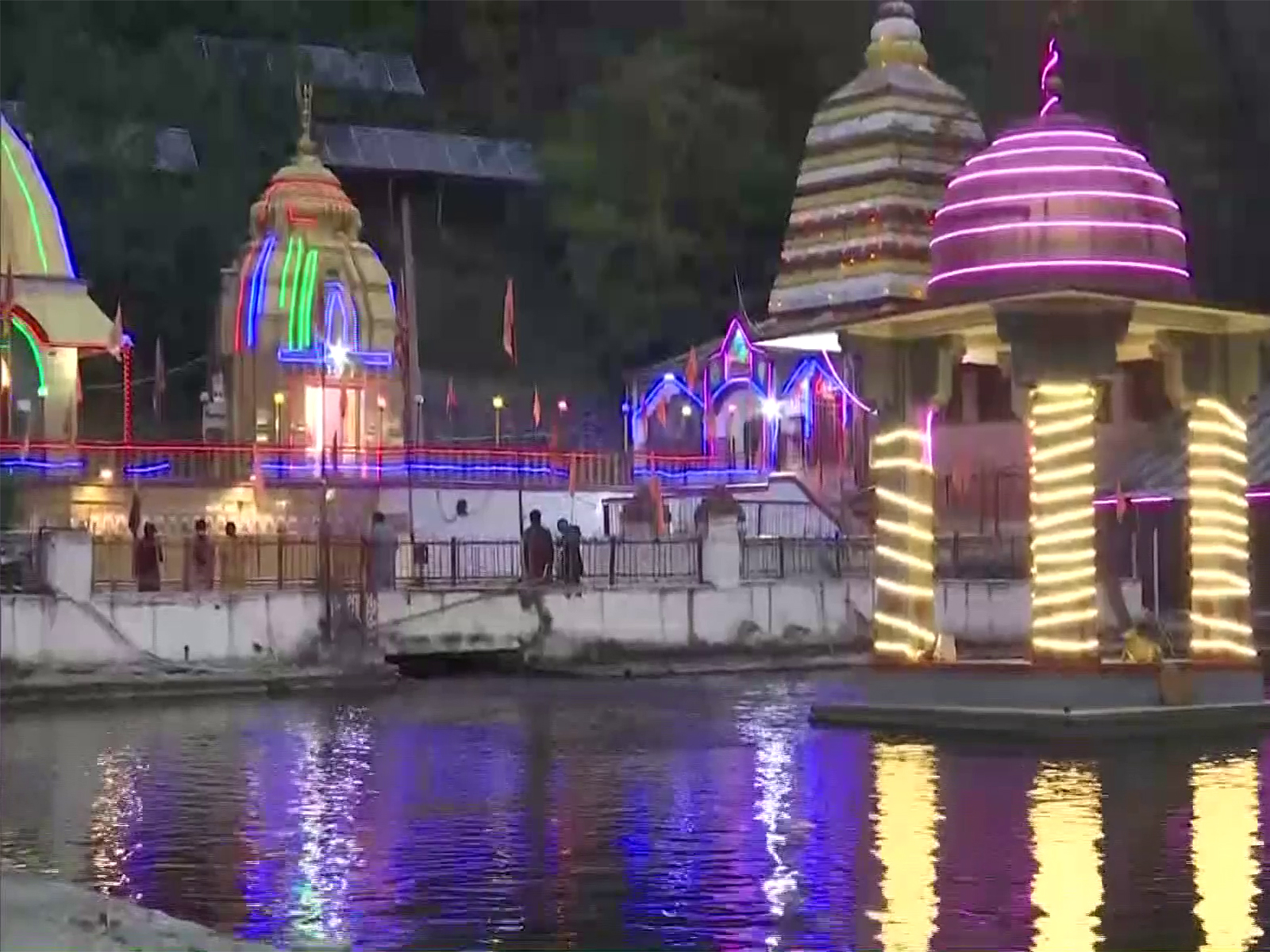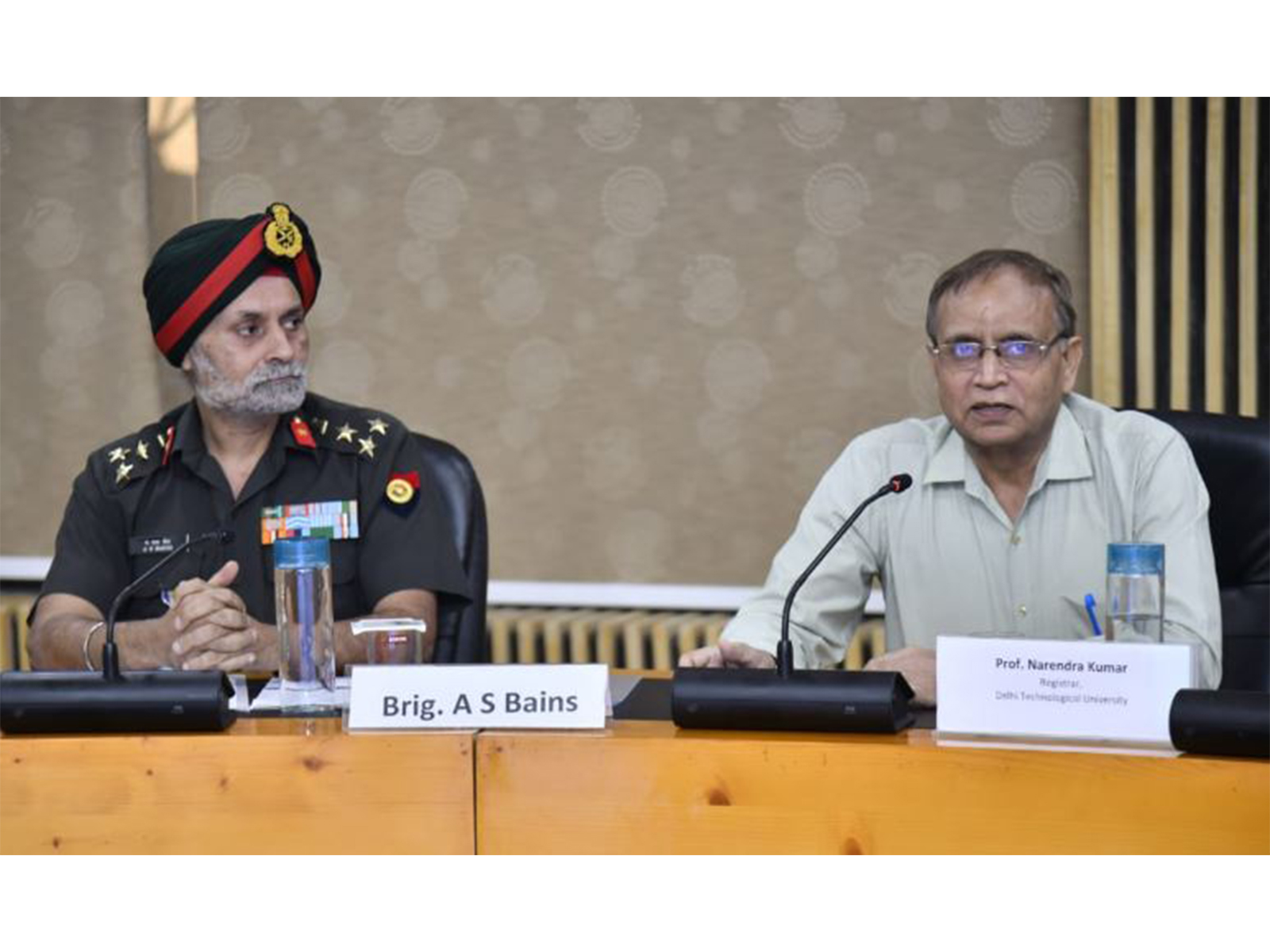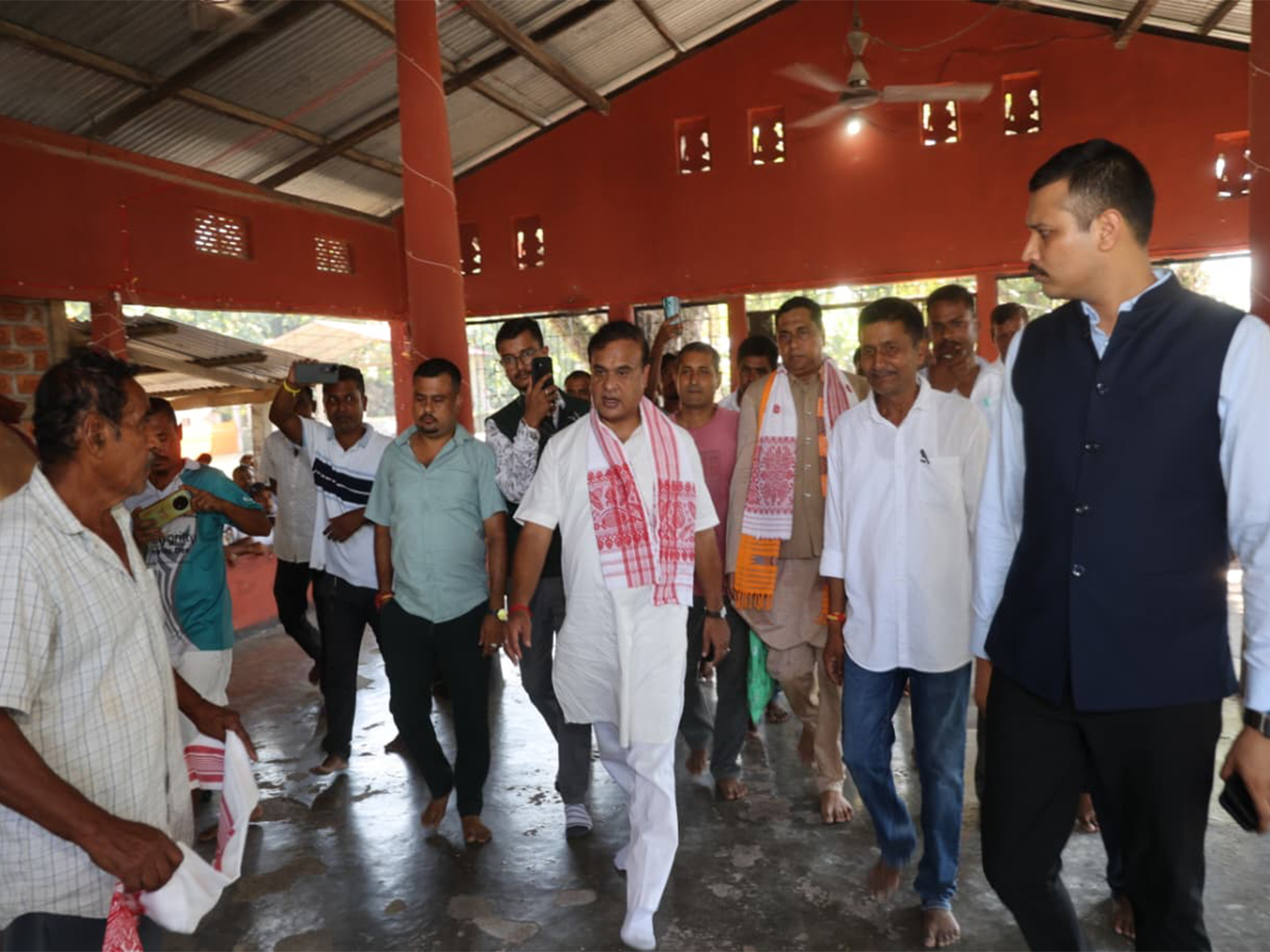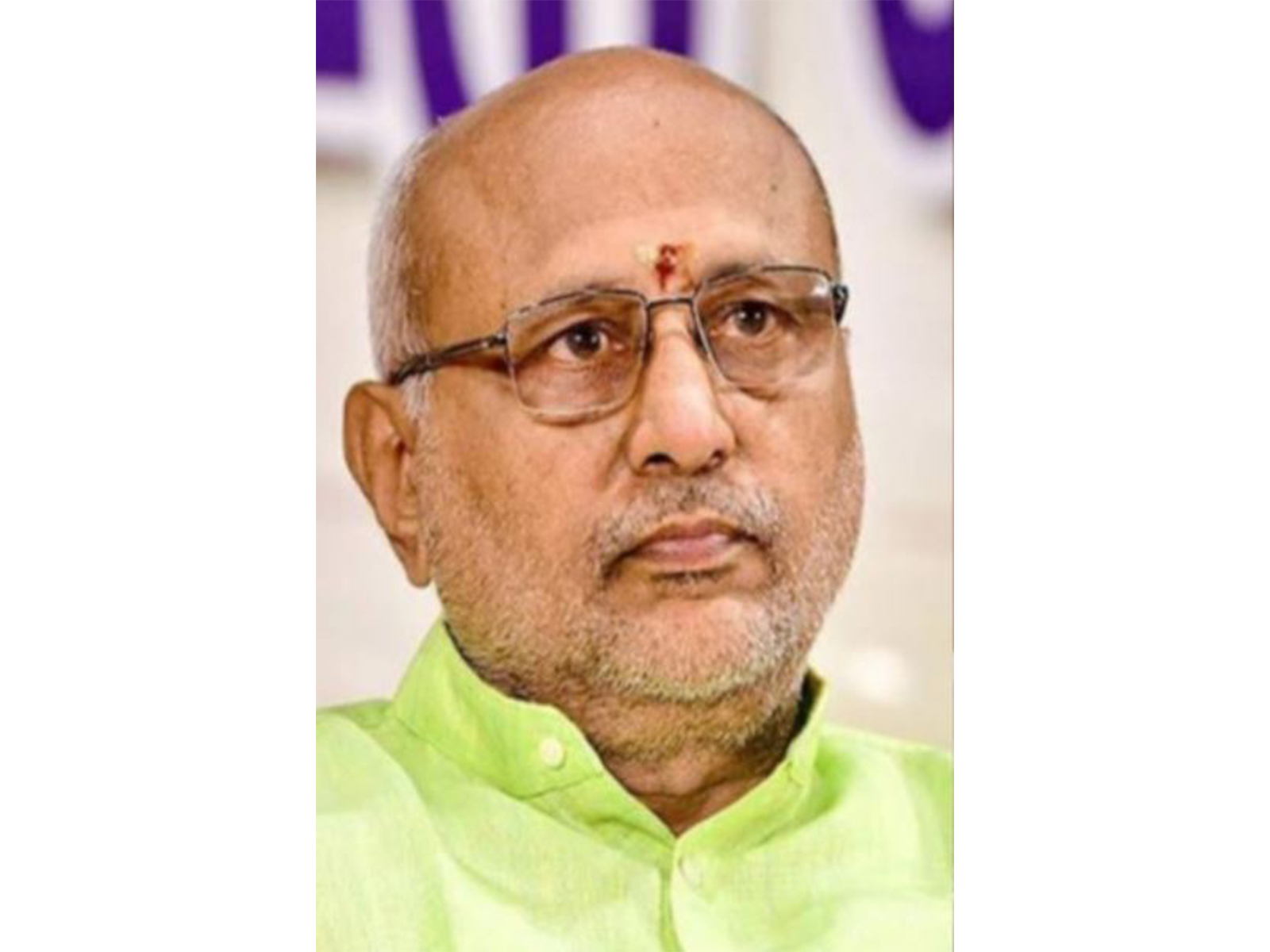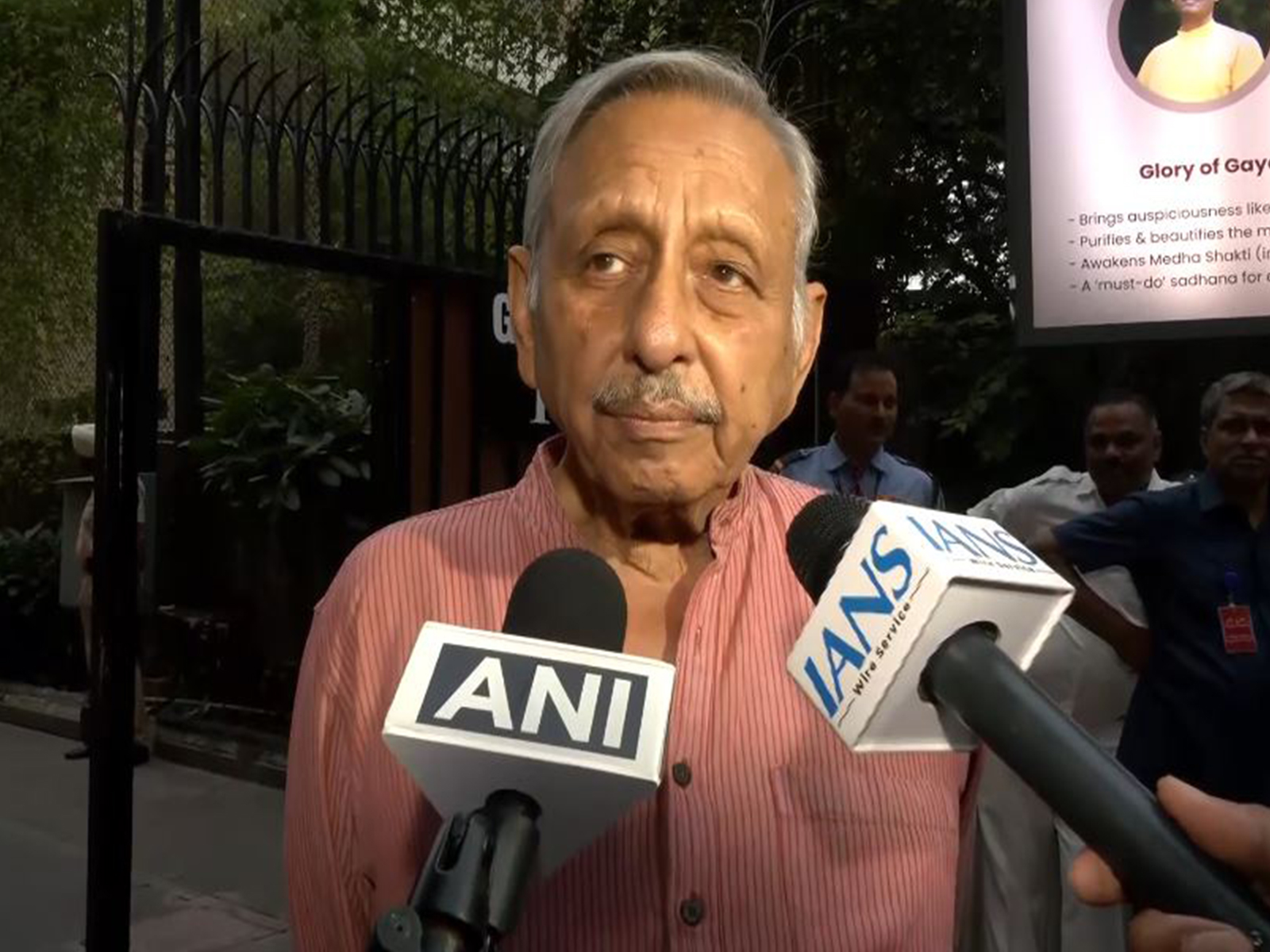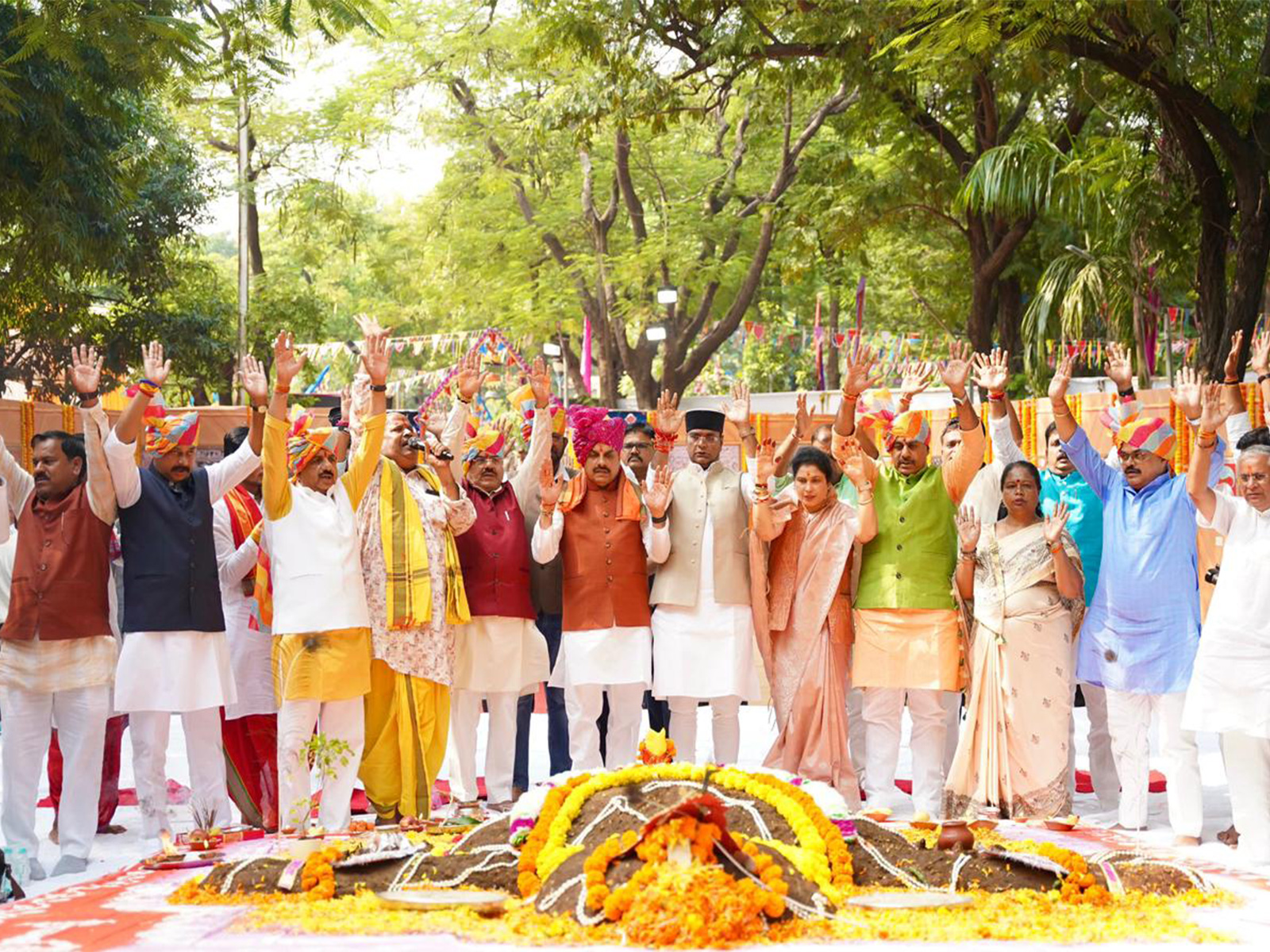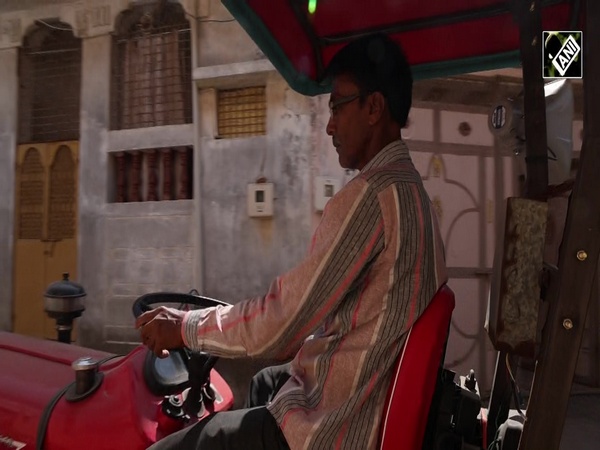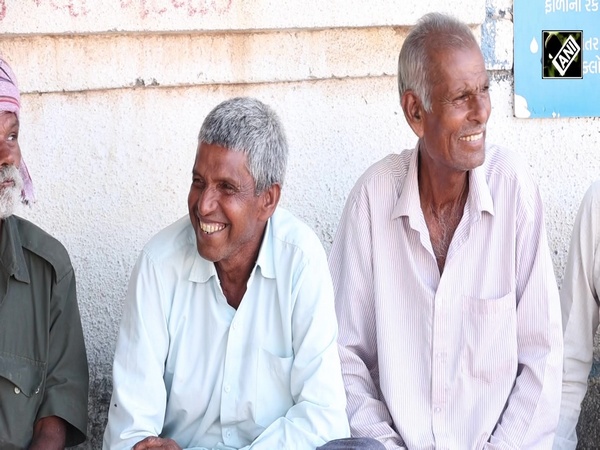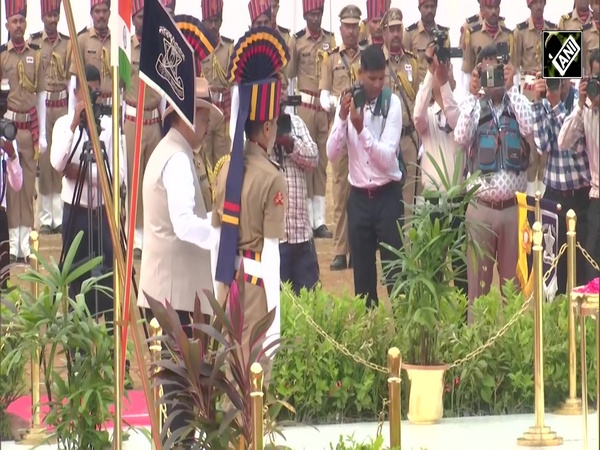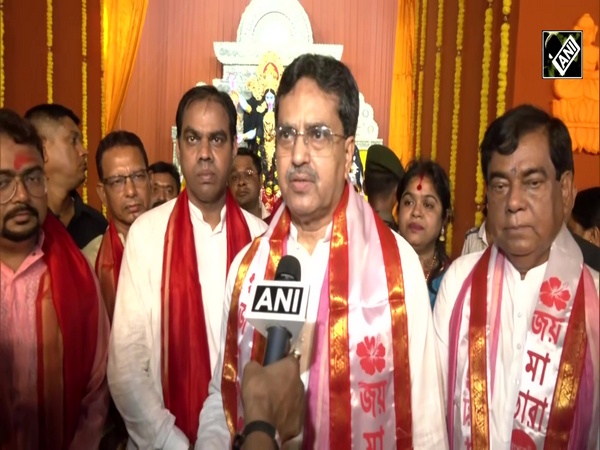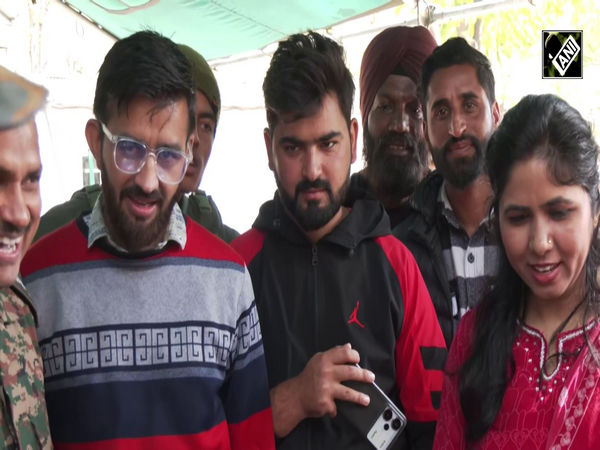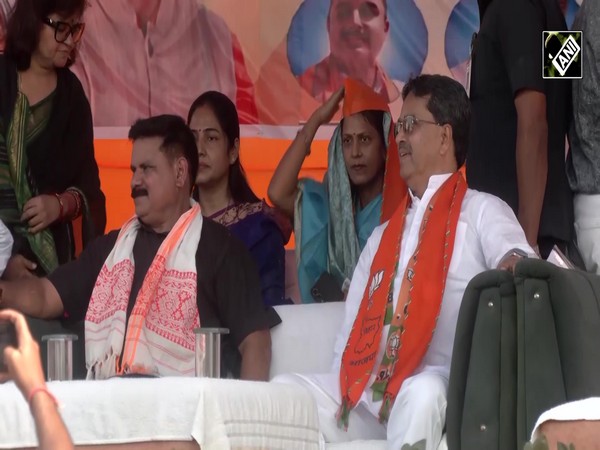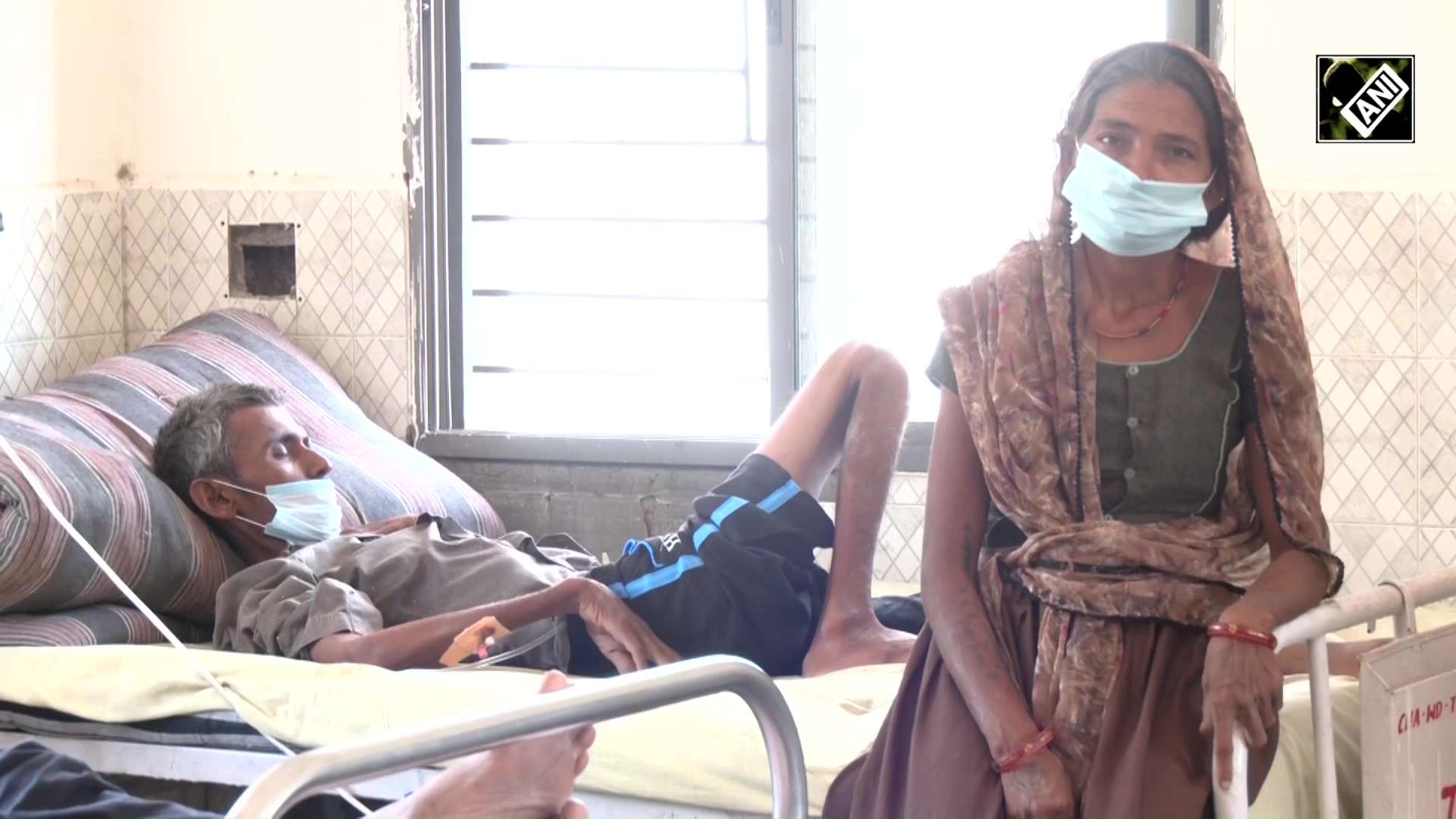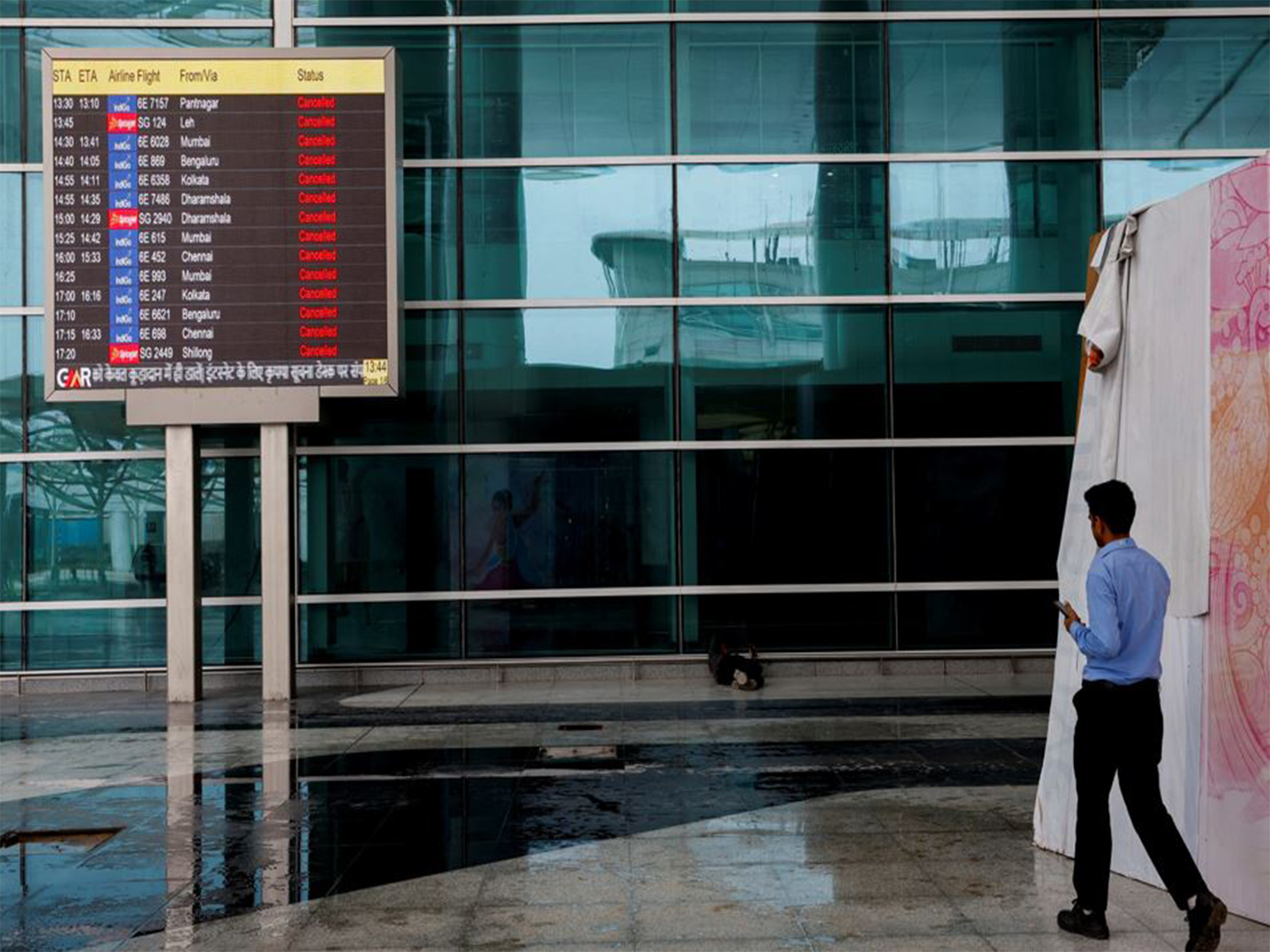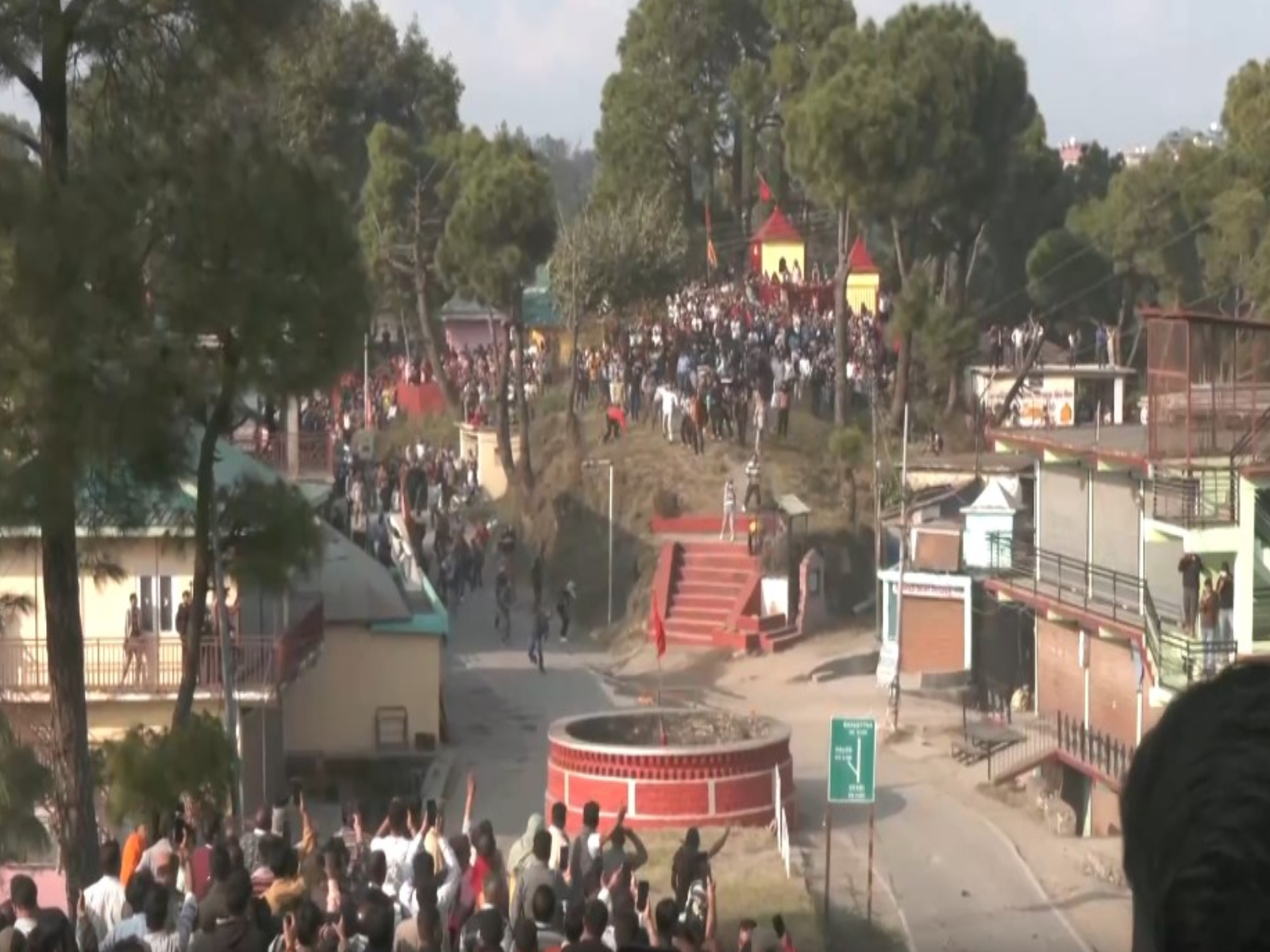
Dhami village stone-pelting fair keeps 400-year-old tradition alive; younger generation steps in to carry it forward
Oct 21, 2025
Shimla (Himachal Pradesh) [India], October 21 : In a rare blend of history, devotion, and cultural heritage, the villagers of Dhami, a small, picturesque settlement about 40 kilometres from Shimla, gathered on Tuesday to celebrate their centuries-old Stone-Pelting Fair, a ritual that has survived nearly four centuries.
The event, held every year on the day after Diwali, continues to attract thousands of visitors from across Himachal Pradesh and beyond, keeping alive a unique legacy that once marked the end of human sacrifice.
What began as a symbolic offering to Goddess Bhadrakali has now evolved into a controlled ritual where villagers from different clans hurl stones at each other until one participant receives a minor injury, seen as a sacred offering of blood to the deity. The ritual symbolises sacrifice without cruelty and represents the village's enduring faith and unity.
"It is a centuries-old tradition, and we feel proud to continue and preserve it," said Jagdip Singh Kanwar, a representative of the Dhami royal family.
"This fair reflects our faith in God and the goddess, and we want to carry this forward, teaching our children about its significance," he said.
Kanwar explained that the ritual originated when villagers, under the guidance of the royal family, decided to end human sacrifices to appease the local deity. Instead, they adopted a symbolic form of offering a drop of blood through a controlled injury during the stone-pelting event.
Adding to the pride and continuity of tradition, the younger generation of the royal family has shown equal enthusiasm in carrying forward the legacy.
"This tradition is rich and something I have witnessed since childhood," said Ananjay Singh, the young son of Jagdip Singh.
"My father has continued my grandfather's legacy, and I would like to promote and carry forward this rich tradition. I feel happy to be part of this festival and its unique culture," he said.
The fair pits villagers from the Jathoti, Tunru, Dhagogi, and Karedu clans on one side against those from the Jamogi clan on the other. Before the ritual begins, a prayer procession is held from the ancient temple dedicated to Lord Narsingh, built by a former king of Dhami. The ritual then commences under the supervision of the royal family and village elders, with safety being the top priority.
The ritual is closely monitored by local authorities and the organising committee to ensure no one sustains serious injuries. Safety nets, boundaries, and medical teams are placed strategically around the field.
Behind the organisation and continuity of the event stands Ranjeet Singh Kanwar, the secretary of the fair's organising committee, who has been overseeing preparations for nearly 45 years.
"The fair's roots go back to the time when human sacrifices were made to honour Goddess Bhadrakali. However, a compassionate queen of Dhami centuries ago sacrificed herself to end the practice of human offerings. She asked the villagers to continue the ritual in a symbolic, non-violent way, and thus, the stone-pelting tradition was born," he said.
Kanwar emphasised that the fair is not about violence, but about preserving culture and faith while rejecting superstition. "We ensure safety for all participants. It is our duty to respect our ancestors' intentions and keep the tradition alive responsibly," he added.
Over the years, the Dhami Stone-Pelting Fair has become not only a spiritual observance but also a cultural attraction, drawing tourists, historians, and photographers who come to witness one of India's most unusual and ancient rituals. For locals, however, it remains far more than a spectacle; it is a living expression of faith, history, and unity.
As the sun set over Dhami's hills, chants and cheers filled the air, marking yet another year in the long continuum of this 400-year-old legacy. For the villagers, and especially for the youth now stepping forward, the fair stands as a reminder of their roots, a symbol of heritage, devotion, and resilience.
"We come here to preserve and witness our rich tradition, and we wait till the end once a person gets the blessing of the Goddess. To get hit by a stone and blood stains are out, and this is how the festival ends for the day. We come here annually. Hundreds of villages gather here for this faith and tradition," said Deep Ram Sharma, a villager.
